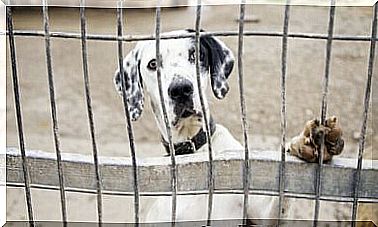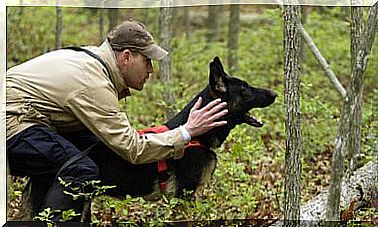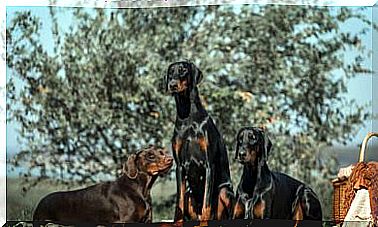Coccidiosis In Lambs And Calves

Inadequate nutrition or poor hygiene can cause coccidiosis in lambs, which often severely affects young animals.
Coccidiosis in lambs and other ruminants is one of the diseases that most affects farms, so it is important to know how it manifests itself.
Although there are more and more cases of coccidiosis in dogs, the disease continues to affect lambs more.
What is coccidiosis?
Coccidiosis are all those diseases whose etiological agent, that is, the pathogen that causes the disease, is a coccidia (type of parasite).
Specifically, we refer to parasites that belong to the genus Eimeria. They settle in the intestines of ruminants, causing very troublesome diarrhea in young animals.
Coccidiosis in lambs and other ruminants is a process that is not self-limiting. In other words, it doesn’t heal over time, alone, but it needs treatment.
Even so, after a month or a month and a half, the animal usually has no symptoms, although it remains infected.
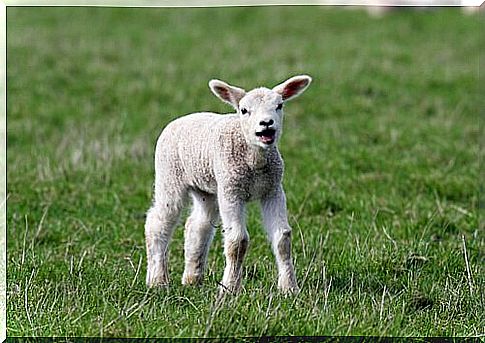
Coccidiosis symptoms in lambs and calves
Although coccidiosis in lambs is very common, it also affects other ruminants, such as calves.
In the case of cattle, coccidiosis manifests itself with a series of symptoms : animals become weak, lose weight, have yellowish diarrhea and abdominal pain.
Acute coccidiosis occurs in animals less than six months old, in which bloody diarrhea lasts for several days.
In addition, anemia, massive weight loss, and tenesmus, or rectal prolapse, occur. Recovery is slow and takes more than a week.
It is important to note that some species of Eimeria cause nervous signs in animals, with tremors, tumbles, incoordination or even blindness.
Animals affected by coccidiosis have a bad smell and diarrhea , which may contain blood.
It is usually accompanied by general signs such as weakness, dehydration and anemia. In these cases, it is common to see several lambs stained by the remains of diarrhea.
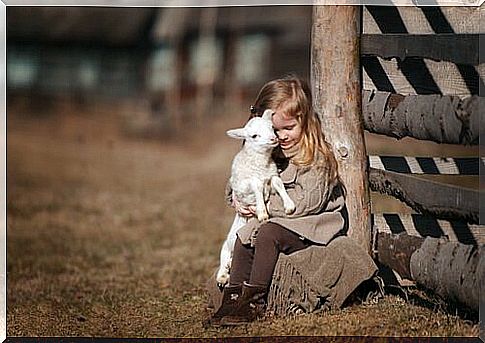
Diagnosis and treatment in lambs
Diagnosis is made based on symptoms and the use of laboratory tests, especially with samples of the intestinal mucosa.
In addition, a fecal search for oocysts is performed by a veterinarian. This disease can be confused with others that cause diarrhea in young animals, so it should be confirmed with a stool test.
On farms, lambs are often dewormed by a drug known as toltrazuril.
It is administered to all animals, affected by coccidiosis or healthy. This is because the disease can affect animals without showing symptoms.
Management conditions are very important. Hygiene must be reinforced. And the separation of young lambs from adult animals is also important, preferably in the lower humidity area of the facility.
Being careful with the sheep’s diet is also essential, as dietary errors can cause digestive disorders that worsen coccidiosis.


